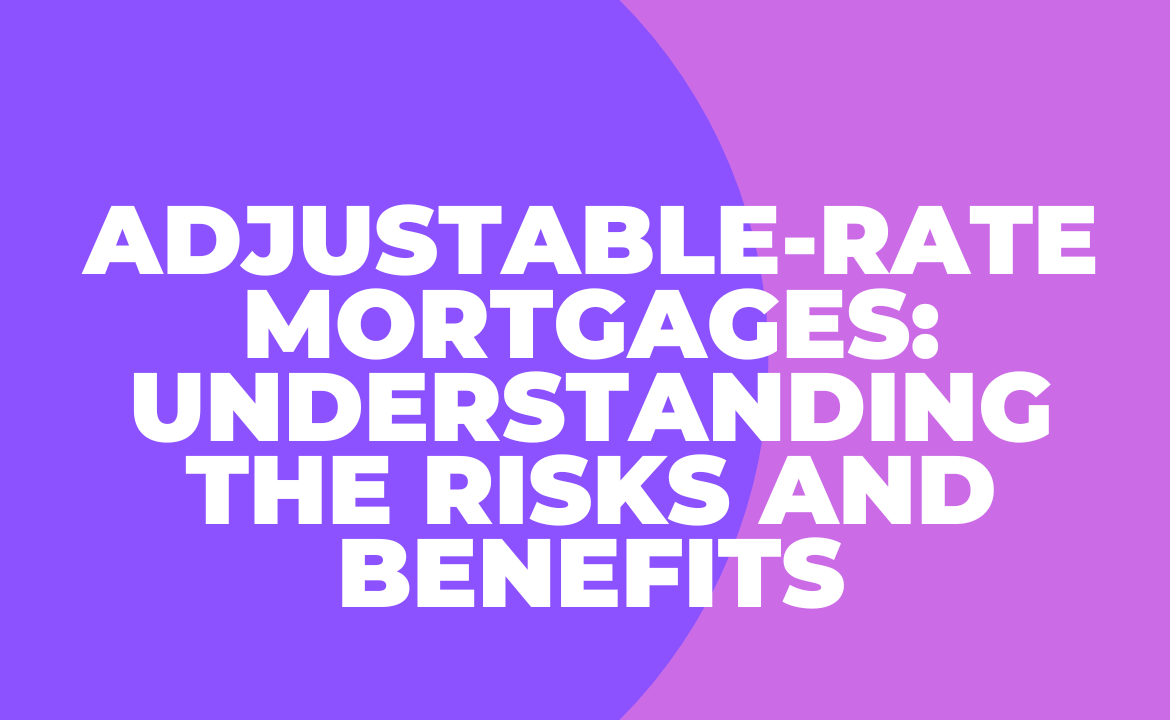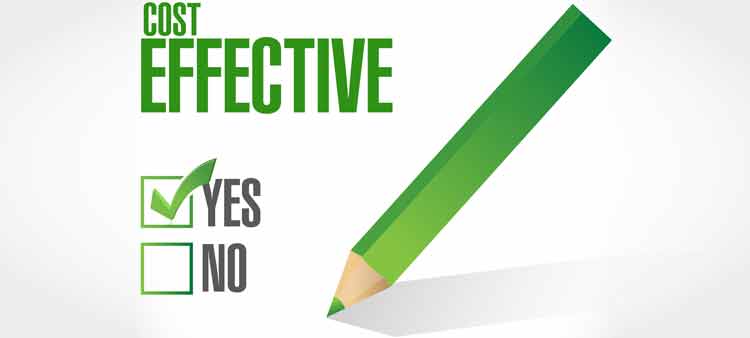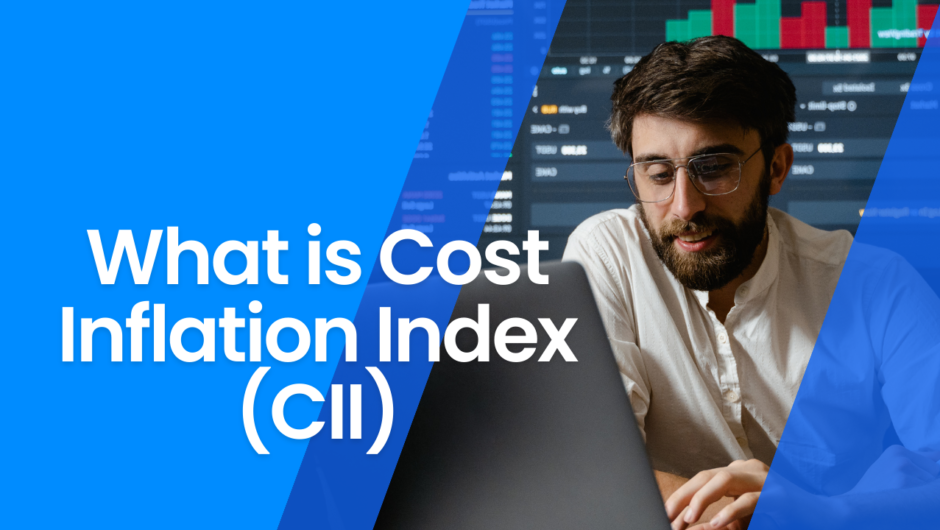Adjustable-rate mortgages (ARMs) offer lower initial interest rates than fixed-rate mortgages, but the interest rate can change over time based on market conditions. This can lead to unpredictable monthly payments and potentially higher interest costs in the long run. However, ARMs can be beneficial for those who plan to sell or refinance before the rate adjusts or those who expect their income to increase in the future. It’s important to carefully consider the risks and benefits before choosing an ARM
Introduction
An adjustable-rate mortgage (ARM) is a type of mortgage loan in which the interest rate can change over time based on market conditions. ARMs usually have a lower initial interest rate than fixed-rate mortgages, making them an attractive option for homebuyers who want to save money on their monthly payments. However, ARMs also come with risks, including the potential for higher interest costs in the long run. In this article, we will explore the benefits and risks of ARMs and provide information to help you decide if an ARM is the right choice for you.
Benefits of Adjustable-Rate Mortgages (ARMs)
Adjustable-rate mortgages (ARMs) offer several potential benefits to borrowers, including:
- Lower initial interest rates: ARMs typically offer a lower initial interest rate than fixed-rate mortgages, which can save borrowers money on their monthly mortgage payments in the short term.
- Flexibility: ARMs can be beneficial for borrowers who plan to sell or refinance their home before the interest rate adjusts. This allows borrowers to take advantage of the lower initial interest rate without having to worry about potential rate increases in the future.
- Potential for lower interest costs: If interest rates decrease in the future, borrowers with ARMs may benefit from lower interest costs than those with fixed-rate mortgages.
- Higher loan amounts: Because the initial monthly payment is lower, borrowers with ARMs may be able to qualify for a higher loan amount than they would with a fixed-rate mortgage.
Overall, ARMs can be a good option for borrowers who plan to sell or refinance their home in the near future, or for those who expect their income to increase in the future. However, it’s important to carefully consider the risks before choosing an ARM.
Risks of Adjustable-Rate Mortgages (ARMs)
While adjustable-rate mortgages (ARMs) offer some potential benefits, they also come with risks that borrowers should be aware of, including:
- Interest rate uncertainty: ARMs have a variable interest rate that can change over time, making it difficult to predict future monthly mortgage payments. If interest rates rise, borrowers could end up with higher monthly payments that may be difficult to afford.
- Potential for higher interest costs: If interest rates increase over time, borrowers with ARMs could end up paying more in interest costs than they would with a fixed-rate mortgage.
- Payment shock: When the interest rate on an ARM adjusts, the monthly mortgage payment can increase significantly, leading to payment shock for borrowers who may not have budgeted for the higher payment.
- Negative amortization: Some ARMs offer a low initial interest rate that may not cover the full amount of interest owed each month, leading to negative amortization. This means that the unpaid interest is added to the loan balance, which can increase the total amount owed on the mortgage.
Overall, borrowers should carefully consider their financial situation and ability to handle potential increases in monthly payments before choosing an ARM. It’s also important to understand the terms of the loan and how the interest rate can change over time.
Factors to Consider Before Choosing an ARM
If you’re considering an adjustable-rate mortgage (ARM), here are some important factors to consider before making a decision:
- Your financial situation: Consider your income, expenses, and other financial obligations to determine whether you can afford potential increases in monthly payments. Be sure to have a plan in place for how to handle higher payments if the interest rate on your ARM adjusts.
- How long you plan to stay in the home: If you plan to sell or refinance your home before the interest rate on your ARM adjusts, you may be able to take advantage of the lower initial interest rate without having to worry about potential rate increases in the future.
- The terms of the loan: Make sure you understand the terms of the loan, including how often the interest rate can adjust and how much it can increase at each adjustment.
- Interest rate trends: Consider the current interest rate environment and whether rates are likely to rise or fall in the future. If rates are expected to rise, an ARM may not be the best choice.
- Your risk tolerance: Determine how comfortable you are with potential changes in monthly payments and interest costs. If you prefer stability and predictability, a fixed-rate mortgage may be a better option.
By carefully considering these factors, you can make an informed decision about whether an ARM is the right choice for your financial situation and goals.
Conclusion
Adjustable-rate mortgages (ARMs) offer lower initial interest rates than fixed-rate mortgages, which can be beneficial for borrowers who plan to sell or refinance their home before the interest rate adjusts or those who expect their income to increase in the future. However, ARMs also come with risks, including potential payment shock and higher interest costs in the long run. It’s important to carefully consider your financial situation, how long you plan to stay in the home, and interest rate trends before choosing an ARM. By doing so, you can make an informed decision about whether an ARM is the right choice for you. As with any major financial decision, it’s important to consult with a qualified professional before making a final decision.
Also Read:
- Conditional Mortgage Approval: Tackling The Common Questions
- How Much Is Life Insurance In Canada?
- What are financial smart goals?
- WHAT ARE THE 5 STEPS OF FINANCIAL PLANNING?

Hello, I am Tanisha Kriplani, graduated in computer science from Delhi University. I am passionate about web content writing and have a strong interest in Data Analytics and Data Engineering.












